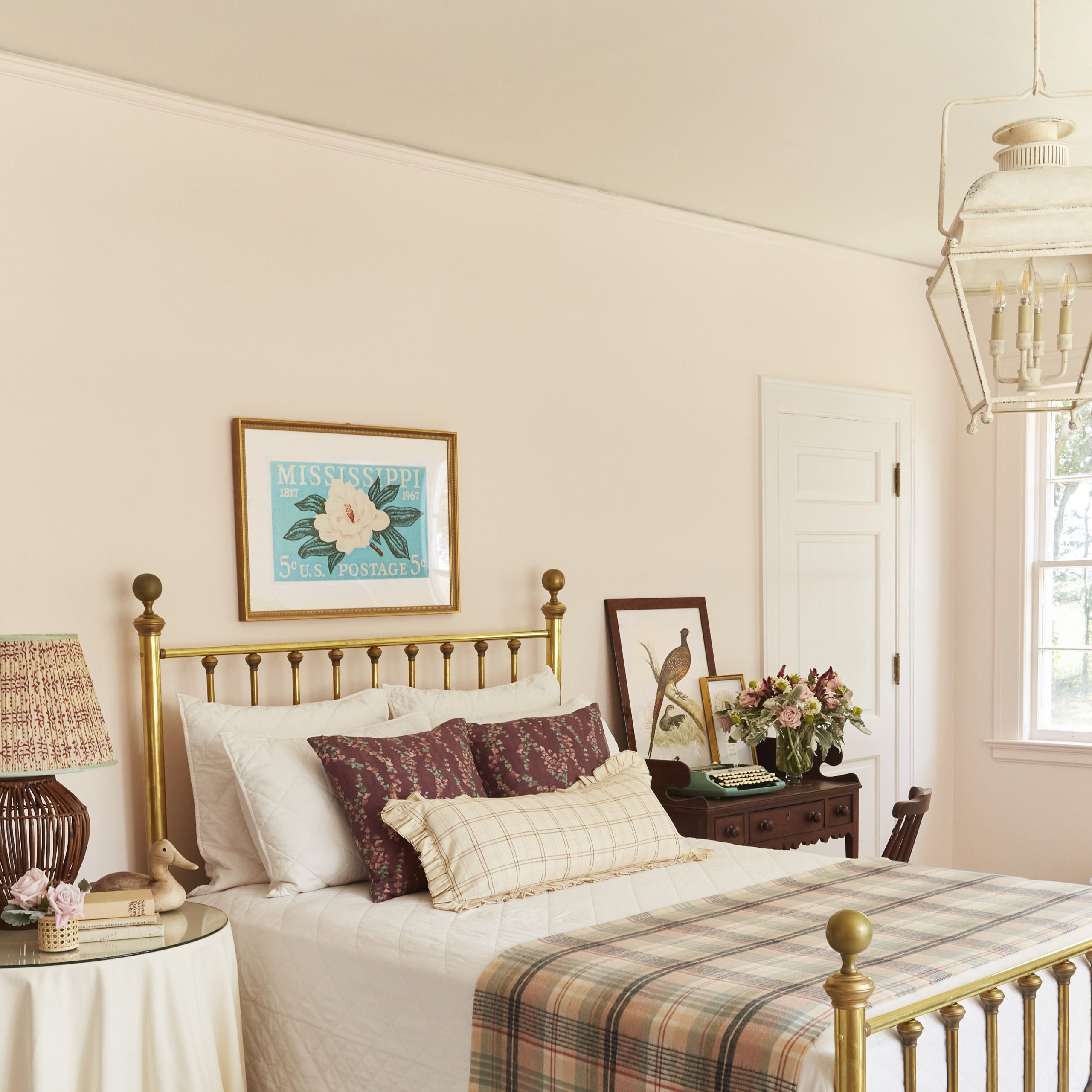Introduction
The industrial kitchen style is a popular design trend that has taken over many modern homes and commercial spaces. It combines a raw, edgy look with sleek, contemporary finishes. The style’s popularity can be attributed to its versatility, as it can be adapted to various types of kitchen spaces, from modest-sized apartments to massive warehouse conversions.
This article will explore the defining characteristics of industrial kitchen style and how it can be incorporated into your home.
What is Industrial Kitchen Style?
Industrial kitchen style is characterized by a utilitarian look that incorporates raw building materials, such as exposed pipes, bricks, and metal finishes. The style often features an open floor plan that allows for an unobstructed view of the kitchen layout, with minimal barriers between the kitchen and living space. This makes industrial kitchen style perfect for homes that value an open-concept living arrangement.
The industrial kitchen style can be traced to the post-World War II era, where factories and warehouses converted their large spaces into affordable living spaces that combined living and work areas. The style has evolved over time, with designers incorporating modern finishes, adding eclectic elements, and infusing it with contemporary design influences.
Key Elements of Industrial Kitchen Style
Here are some of the defining elements of Industrial kitchen style design:
Exposed Pipes and Ductwork
One of the essential features of industrial design is the exposed pipes and ductwork that run across the ceiling. These pipes and ductwork serve both functional and aesthetic purposes, as they add texture, depth, and visual interest to a room.
Raw Building Materials
Raw building materials, such as concrete, brick, and metal, are often used in industrial kitchen style design. These materials add a textural contrast to the sleek and modern finishes that dominate contemporary design.
Sleek and Modern Finishes
While industrial kitchen style is known for its raw and natural finishes, it also incorporates contemporary and sleek design elements. Materials such as stainless steel, glass, and glossy surfaces are used to add a polished and modern touch to the design.
Open Concept Layout
Another defining element of industrial kitchen style is an open-concept layout that merges the kitchen and living areas. This open plan allows for a seamless flow between the rooms and creates an airy and spacious feel.
Eclectic and Vintage Accents
To add a sense of character and personality to industrial kitchens, designers often include eclectic and vintage accents such as exposed light bulbs, vintage signage, or antique furniture pieces.
How to Incorporate Industrial Kitchen Style into your Home
Here are some tips for incorporating industrial kitchen style into your home:
Focus on the Essentials
Incorporate the essential elements of industrial kitchen design, such as exposed pipes, ductwork, raw materials, and sleek finishes.
Incorporate Textures
Mix and match textures such as rough wood and polished metal to create a textu

